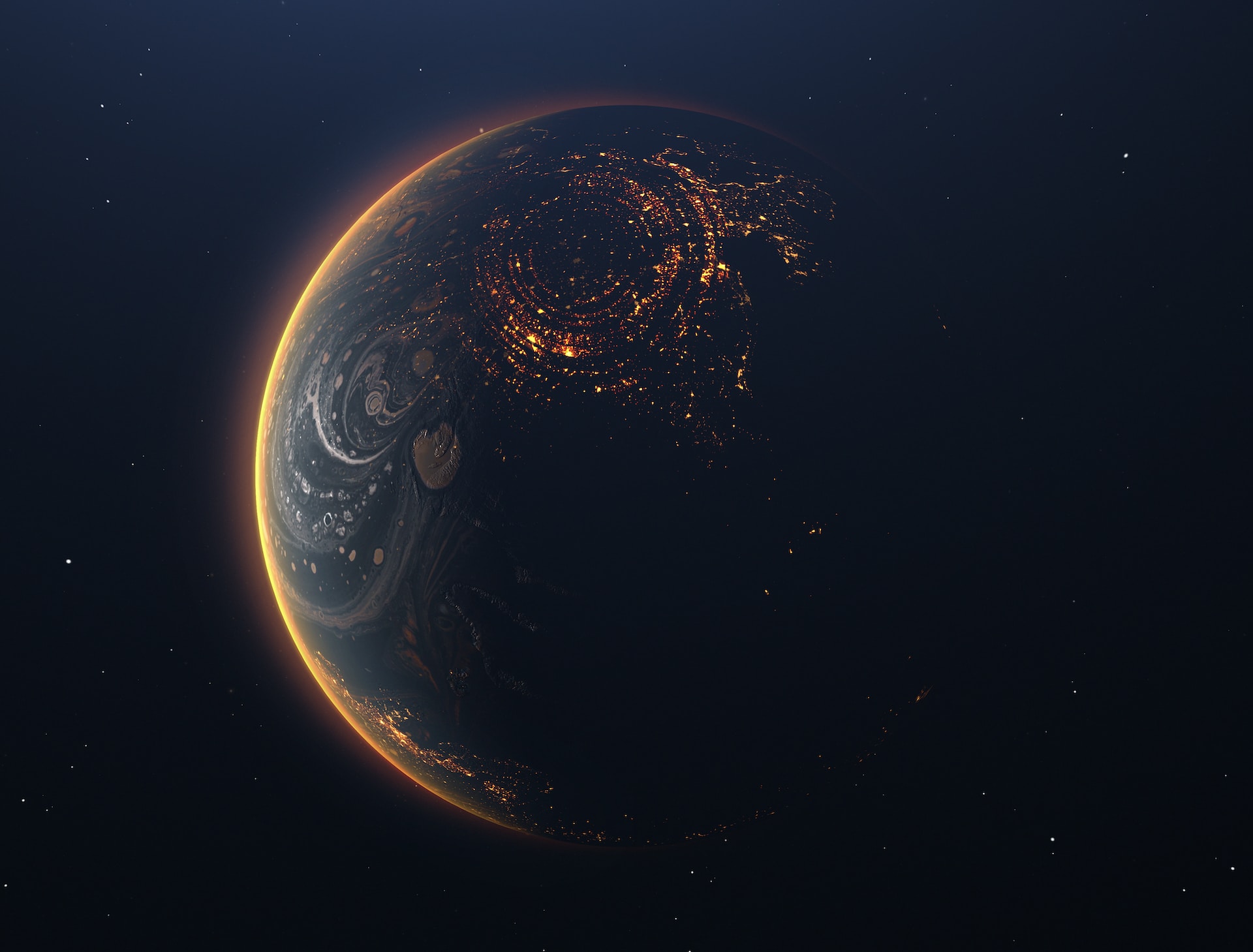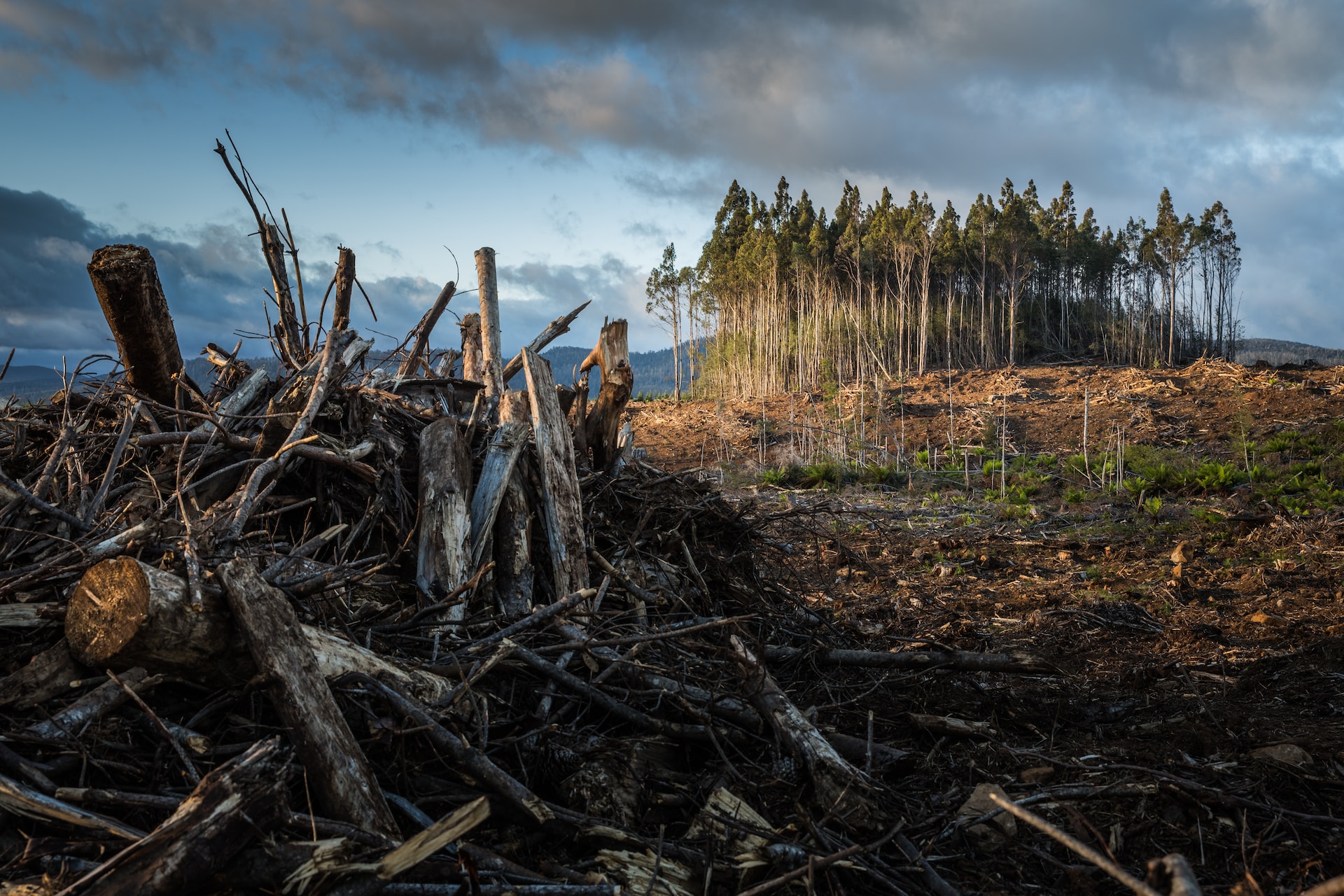Scientists can make fairly accurate predictions about the future in space. But predicting what the Earth will be like in 500 years is a difficult task, because there are many factors that influence its evolution. We know that our planet is being changed by two main types of processes. One of them is connected with natural cycles, for example, with the orbit of the planet around the Sun, and the other is caused by life forms, and especially by people.

The Earth is in constant motion around the Sun. Our planet fluctuates, its angle of inclination changes, and even its orbit changes, approaching or moving away from the Sun. These changes have been occurring steadily for tens of thousands of years. But the second significant and more rapid influence on the planet is exerted by living beings. The impact of life on the planet is harder to predict. Disruption of one part of the ecosystem can disable many others.
Global influence on the Earth
People have a particularly strong influence on changing the ecosystem on the planet in many different ways. They cut down forests and destroy important wildlife habitats in order to build cities and grow crops. They move invasive species around the planet, disrupting ecosystems. They also contribute to global warming.
Humans cause climate change mainly by burning fossil fuels, which emit more greenhouse gases into the atmosphere than the planet and atmosphere are able to withstand. Usually greenhouse gases trap solar heat in the same way as glass in a greenhouse, keeping the Earth warmer than it would otherwise be. This can be useful – until there are too many of them.
The result of excess carbon dioxide is an increase in temperature, which can lead to dangerously hot summer days and melting ice in Greenland and Antarctica. The melting of ice sheets raises the level of the oceans, causing flooding of coastal areas. This is what the Earth is facing now.

The aforementioned changes can lead to the fact that in 500 years the planet will be completely different, which largely depends on how much people are willing to change their lifestyle. The warming of the planet can also contribute to extreme weather conditions such as heatwaves, storms, and droughts that can change the Earth. All forms of life on Earth are under threat.
Lessons of the last 500 years
If we look back at the last 500 years, the living part of the Earth, which is called the biosphere, has changed dramatically. The number of people has increased from about 500 million to more than 7.5 billion today. More than 800 species of plants and animals disappeared due to human activity during this period. With the growth of the human population, other species have less space to settle. Rising sea levels mean even less land, and rising temperatures will force many species to migrate to better climatic conditions.
Of course, not all changes on Earth are caused by humans, but they have greatly worsened some of them. The main challenge today is to get people to stop doing things that create problems, for example, burning fossil fuels that contribute to climate change. This is one of the global problems that requires the countries of the world to work towards achieving one goal: to reduce the harmful impact on the climate.
If people wish to change their behavior, our planet can survive with its lush forests, blue oceans, green fields for many centuries, along with its most successful inhabitants – humanity. But so far, technological solutions are not developing fast enough to solve the problem of climate change. If we continue to do the same and wait for someone else to fix the mess later, it can bring our planet and humanity to the edge of irreversible changes and a global catastrophe. In this case, the Earth in 500 years may be unrecognizable.
Earlier we reported on how the moon dust would save the Earth from global warming.
According to The Conversation
Follow us on Twitter to get the most interesting space news in time
https://twitter.com/ust_magazine
